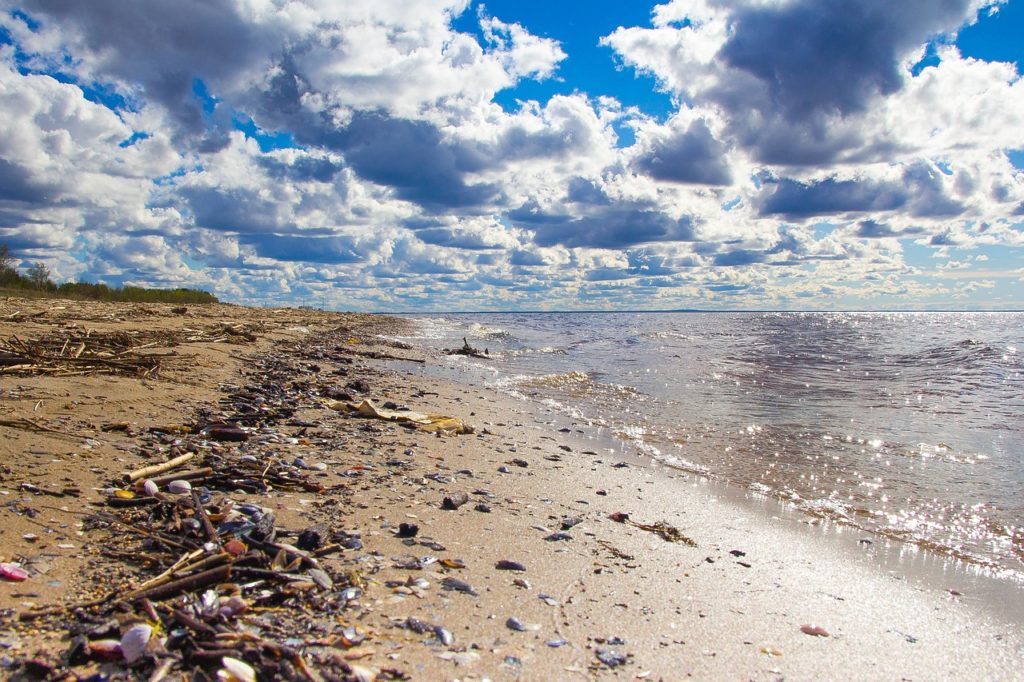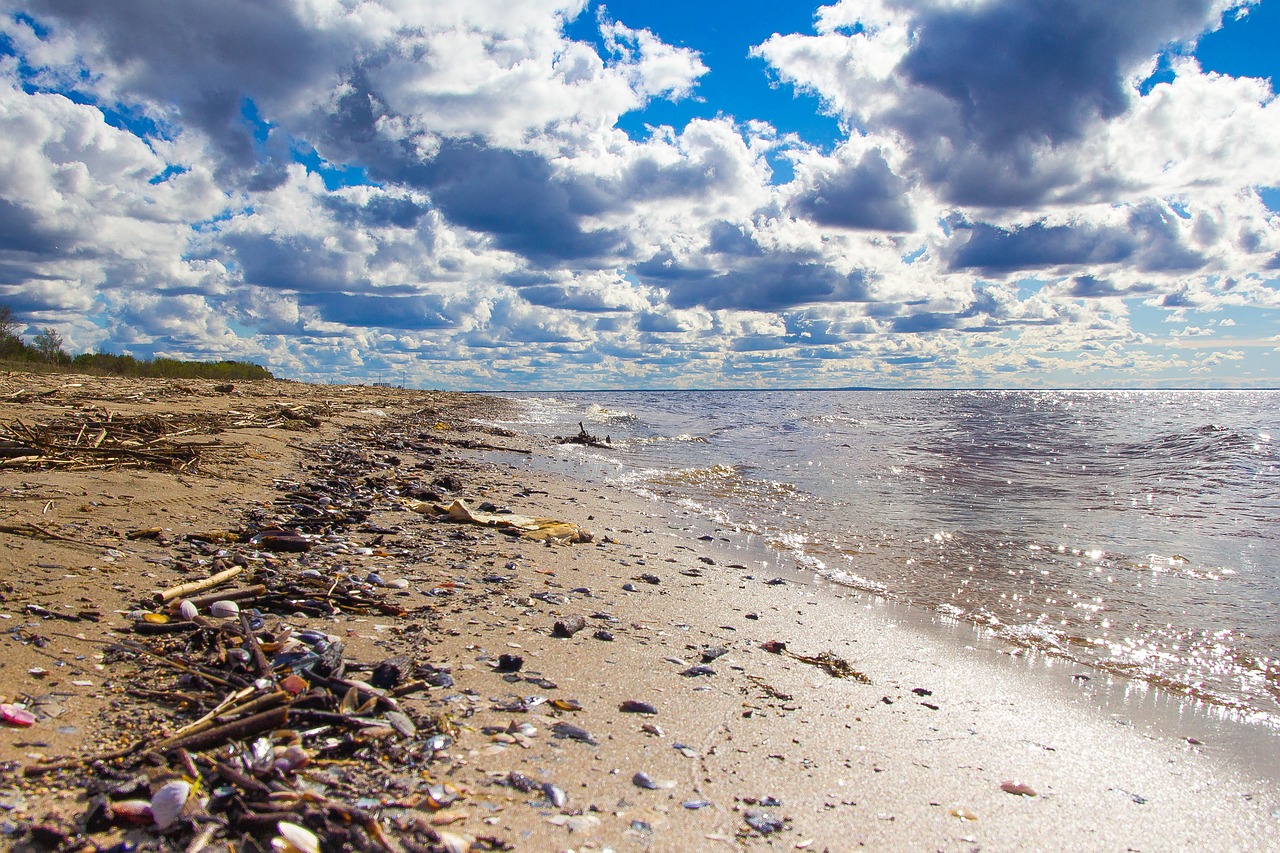
Much like a diamond, the green movement has many facets. There is a certain satisfaction or a type of contentment knowing we have done our bit to save the planet. The Earth is drowning in toxic chemical wastes, plastic refuse, as well as other non-biodegradable substances like Styrofoam take-out containers and coffee cups.
It’s a shocking state of affairs when airlines, trains, and bus lines fail to recycle plastic waste. When these are being cleaned before the next trip, any trash simply goes into the trash bins. Nothing is recycled. This adds to the burden slowly choking the planet.
There’s a way to stop the madness, however. Trending now is zero waste traveling. Travelers bypass plastic cutlery, plastic dishes, takeout containers, plastic bags of snacks, plastic bottles of drinks, shampoos, soaps and other personal use items.
Travelers are packing lighter, so they won’t waste electricity in washers and dryers. They’re taking along mason jars out of which to drink, into which goes waste to compost back at home, and into which leftovers go after dining out. They’re re-using plastics from home to carry shampoos, soaps, shaving lotions, body lotions, in addition to other personal use items.
Traveling Mindfully
We’ve dug up tips and hacks to help travelers either go green or go greener. Mainly, it’s a matter of awareness. Pack along bamboo utensils. Travelers know they’ll have dirty clothes to wash, so pack along a bottle of castile soap, which doubles for dozens of things.
If travelers are aware they’ll be eating snacks on the trip, pack fresh fruits, veggies, granola, peanut butter and jam, whole wheat crackers. Get creative. Cheese and nuts don’t usually last long on a trip. Everyone loves them. These eliminate the need for plastic or other packaged snacks.
Take along Tupperware containers. When food is needed, hit the deli and produce portions of a grocery store. Take the mason jars to the fountain drink machine. Note the ounces of the mason jar, so the clerk will know how to charge accordingly.
Being aware of plastics and paper use is only half the battle, though. Here are a few tips and tricks to help travelers go zero waste.
Packing
Taking dozens of outfits for a relatively short trip isn’t necessary. Travelers will need casual clothing for sight-seeing, so packing two pairs of shorts, two shirts, and perhaps one pair of jeans would be enough. Travelers will need sneakers for walking as well as perhaps dress shoes for eating in nice restaurants.
Lots of clothing doubles for both casual as well as dressy. A long vest, for example, will hold all the kids’ things during a day of sight-seeing. At night, it will give an outfit a little elegance, when paired with a dressy scarf, or worn loose over a nice shirt. Travelers could also try belting it with a jazzy belt for a night on the town.
Travelers packing for a zero waste traveling trip will ultimately only need a carry-on. Pack a few items of clothing, a bottle of castile soap, a box of baking soda (it makes tooth powder along with a little salt, and it makes dry shampoo in a pinch, in addition to making deodorant,) in addition to bamboo items found for reasonable prices on eBay.
Travelers will take along cloths for wrapping wet soap bars they packed, food they want to keep for later, as well as clean up for messy eaters (fresh fruits and veggies can be drippy.) Travelers will pack either re-usable Tupperware or glass containers for food, as well as mason jars.
Traveling
Many trains, buses, and planes allow travelers to book their travel online. They accept tickets on smart phones, thus eliminating the need for paper ticket waste. If this isn’t possible, then save the paper for composting upon returning home.
This is where the one carry-on bag not only saves money but is zero waste. There will be no baggage check, so no paper tickets. Make sure to take out the eating utensils and snacks packed before stowing the carry-on bag in the overhead bins.
If travelers are going by car, then a cooler will work wonders. In the cooler will go water and juices in mason jars, fresh fruits and veggies and dips. In Tupperware or glass containers will be crackers, peanut butter and jams, fruits that can’t be chilled like bananas, breads, granola, in addition to cheeses and nuts. Deli products and fresh produce from grocery stores will go in the cooler.
Travelers going by car will have a choice of restaurants for a sit-down break from traveling. Most restaurants won’t mind the bamboo utensils nor the glass or Tupperware containers for leftovers. Take in the cloths for hand cleaning to escape paper napkin waste.
At The Destination
Pack a few reusable shopping bags in addition to a few mesh beach bags. These can be used to carry any new or gently used clothing travelers might buy, sandy or dirty shoes, or foods from roadside stands or farmer’s markets.
Dine out at local restaurants sourcing local foods as much as possible. These types of restaurants tend to recycle and reuse foods in sauces, salads, or soups. They usually have cloth napkins and offer condiments in glass containers.
If travelers forget and use plastics, don’t sweat it. Until they perfect their packing and usage, these things will happen. Keeping in mind the environmental benefits is a good thing, but the financial ones are even better. Saving all that money on plastics, paper, and waste will give travelers enough money to take another trip.
Travelers’ example could even inspire someone else to do the same. There are whole families who live zero waste, not just in traveling. They save their money for the things that count: like spending time with their families. It’s a worthy endeavor. We hope our tips and tricks aid travelers’ zero waste adventure.






